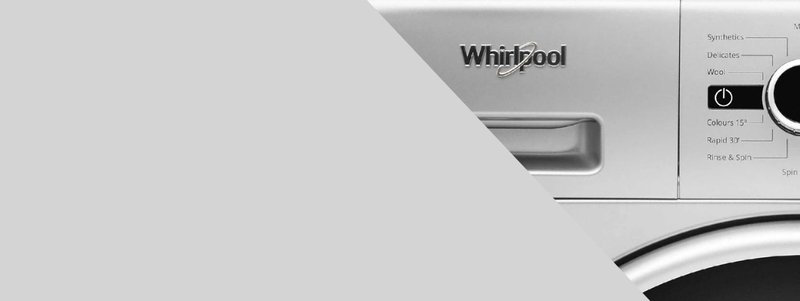
Understanding the LE Error Code
The “LE” error code is one of those signals that something isn’t quite right under the hood, so to speak. In more technical terms, it often points towards an issue with the water level detection system of your Whirlpool dishwasher. You see, dishwashers need a proper amount of water to function correctly. Without enough water, your dishes won’t get cleaned thoroughly. On the flip side, too much water can lead to overflow, making a mess of your kitchen floor.
Picture it like this: Imagine trying to make a cake but either missing half the ingredients or having too much batter that spills over the sides of the pan. Neither scenario ends well, right? Similarly, when your dishwasher is having trouble gauging the right amount of water, it can’t perform its job efficiently. This is why the LE code pops up—it’s a little warning sign to let you know that your dishwasher isn’t happy with its current situation and needs some attention.
Luckily, the LE error code isn’t necessarily a doomsday signal for your dishwasher. Often, this can be a minor issue, like a small blockage in the water inlet valve or a faulty float switch. Think of these components like the gatekeepers of your dishwasher’s water supply; if they get stuck or stop working correctly, it can throw the whole system out of whack.
Common Causes of the LE Error Code
There are a few usual suspects when it comes to the LE error code. A blocked or malfunctioning water inlet valve is often the culprit. This valve controls the flow of water into your dishwasher, and if it’s clogged with debris or faulty, it can either fail to let in enough water or let in too much. It’s almost like having a clogged faucet at home—until you clear the blockage, you’re going to have water problems.
Another common issue could be with the float switch. This small but crucial component helps regulate the water level inside your dishwasher. If it gets stuck or stops working, it’s a bit like having a broken scale—it can’t accurately measure water levels, leading to issues with filling or draining. You might also encounter problems with the water pressure in your home. If the pressure is too low or too high, it can affect how well the dishwasher fills with water.
Finally, a simple wiring issue could be at play. Like any electronic device, dishwashers have a complex system of wires that need to be in good shape to function correctly. If there’s a loose connection or a damaged wire, your dishwasher might struggle to get the right signals about water intake.
What to Do If You See the LE Error Code
If the LE error code flashes on your dishwasher’s display, don’t worry—there are steps you can take to resolve it. First, ensure that the water supply to your dishwasher is turned on and flowing correctly. You can check the water inlet valve for any visible blockages or damages. If you’re comfortable with a bit of DIY, you might even consider cleaning the valve to see if that solves the issue.
Next, inspect the float switch located inside the dishwasher’s tub. This is often accessible once you remove the bottom dish rack. Wiggle it gently to confirm it’s not stuck or damaged. If you’re not certain about how to proceed, it could be worth reaching out to a professional to take a closer look. You don’t want a minor tweak turning into a major problem!
If you’ve tried these steps and the error persists, you may need to consider calling in the experts. A technician will have the tools and expertise to diagnose and fix the problem efficiently. It’s like when your computer won’t boot up properly—you might fiddle with it a bit, but sometimes it’s best to let a pro handle it.
Preventing Future LE Error Codes
Prevention is always better than cure, especially when it comes to household appliances. To avoid running into the LE error code again, regular maintenance is key. Make it a habit to check and clean your dishwasher’s water inlet valve every few months. Just like you’d clear leaves from your home’s gutters to avoid blockages, keeping this valve clean can prevent water flow issues.
Another good practice is to run your dishwasher with a dishwasher cleaner once a month. This helps eliminate buildup that could cause blockages or affect sensors. Think of it as giving your dishwasher a spa day—a little TLC can go a long way in keeping it functioning smoothly.
Additionally, try to be mindful of not overloading your dishwasher. When it’s too full, water and soap can’t circulate properly, which might lead to some components being overworked. Aim to load it just right, like packing a suitcase—not too tightly, but efficiently enough to get everything you need in there.
In the end, paying attention to these maintenance tips can keep your Whirlpool dishwasher running without a hitch for years to come. And when those pesky error codes do pop up, you’ll be armed with the knowledge to address them confidently. So next time, you can skip the stress and get right back to what your dishwasher does best—giving you sparkling clean dishes.